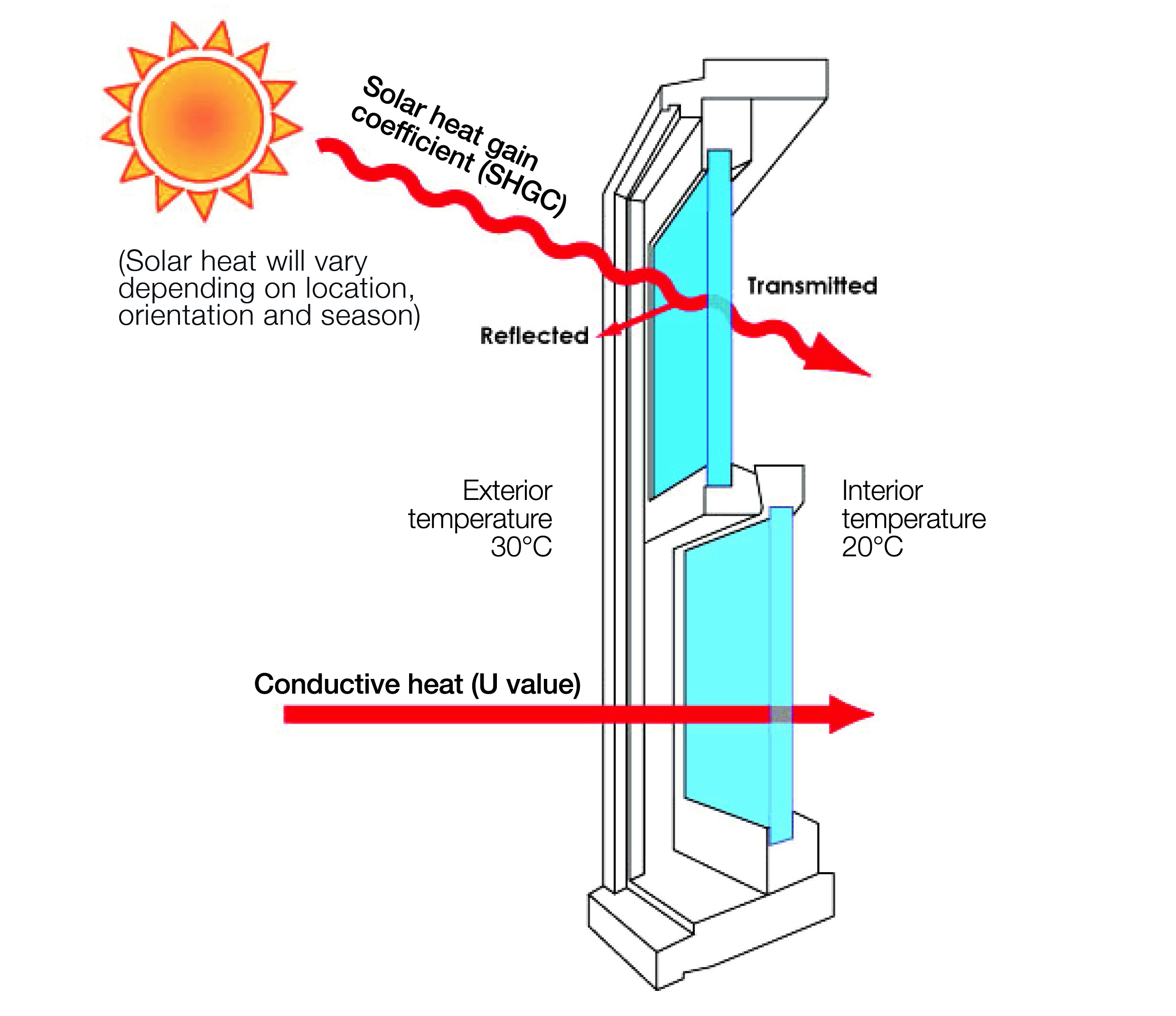All Categories
Featured
Table of Contents
Double Glazed Windows In Melbourne in High Wycombe Western Australia
Glazing just indicates the windows in your house, including both openable and fixed windows, as well as doors with glass and skylights. Glazing actually just indicates the glass part, but it is normally utilized to describe all elements of an assembly consisting of glass, movies, frames and furnishings. Paying attention to all of these aspects will help you to achieve effective passive design.

Energy-efficient glazing makes your home more comfortable and drastically decreases your energy costs. Improper or improperly created glazing can be a major source of undesirable heat gain in summer season and significant heat loss and condensation in winter season. Approximately 87% of a home's heating energy can be acquired and as much as 40% lost through windows.
Twinglaze® Double Glaze Specification Act - Vic in Oakford Western Australia
Glazing is a significant investment in the quality of your home. The expense of glazing and the expense of heating and cooling your house are closely associated. A preliminary investment in energy-efficient windows, skylights and doors can significantly minimize your yearly heating & cooling costs. Energy-efficient glazing also minimizes the peak heating and cooling load, which can minimize the needed size of an air-conditioning system by 30%, causing further cost savings.

This tool compares window choices to a base level aluminium window with 3mm clear glass. Understanding a few of the key residential or commercial properties of glass will assist you to select the very best glazing for your house. Key residential or commercial properties of glass Source: Adjusted from the Australian Window Association The amount of light that passes through the glazing is known as noticeable light transmittance (VLT) or visible transmittance (VT).
Upvc Double Glazed Windows Australia in Bicton Western Australia
This might lead you to turn on lights, which will result in greater energy costs. Conduction is how easily a product conducts heat. This is called the U worth. The U value for windows (revealed as Uw), explains the conduction of the entire window (glass and frame together). The lower the U value, the higher a window's resistance to heat circulation and the much better its insulating worth.
If your home has 70m2 of glazing with aluminium frames and clear glass with a U worth of 6. 2W/m2 C, on a winter season's night when it is 15C cooler outside compared to indoors, the heat loss through the windows would be: 6. 2 15 70 = 6510W That is comparable to the total heat output of a large space gas heating system or a 6.
Twinglaze® Double Glaze Specification Act - Vic in Currambine WA

If you pick a window with half the U worth (3. 1W/m2 C) (for instance, double glazing with an argon-filled space and less-conductive frames), you can halve the heat loss: 3. 1 15 70 = 3255W The solar heat gain coefficient (SHGC) for windows (revealed as SHGCw) measures how easily heat from direct sunlight streams through a whole window (glass and frame together).
The lower a window's SHGC, the less solar heat it transfers to the home interior. The actual SHGC for windows is affected by the angle that solar radiation strikes the glass.
Brisbane's Best Double Glazed Windows in Hamersley WA
When the sun is perpendicular (at 90) to the glass, it has an angle of incidence of 0 and the window will experience the maximum possible solar heat gain. The SHGC declared by glazing manufacturers is always determined as having a 0 angle of incidence. As the angle increases, more solar radiation is reflected, and less is transmitted.
Table of Contents
Latest Posts
Benefits Of Having Double Glazing Windows In The Summer in Westfield Western Australia
Does Double Glazing Have A Vacuum? in Greenmount WA
The Science Behind Double Glazed Windows in Kenwick Perth
More
Latest Posts
Benefits Of Having Double Glazing Windows In The Summer in Westfield Western Australia
Does Double Glazing Have A Vacuum? in Greenmount WA
The Science Behind Double Glazed Windows in Kenwick Perth